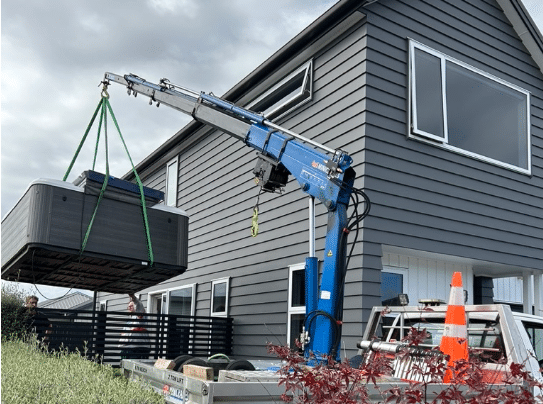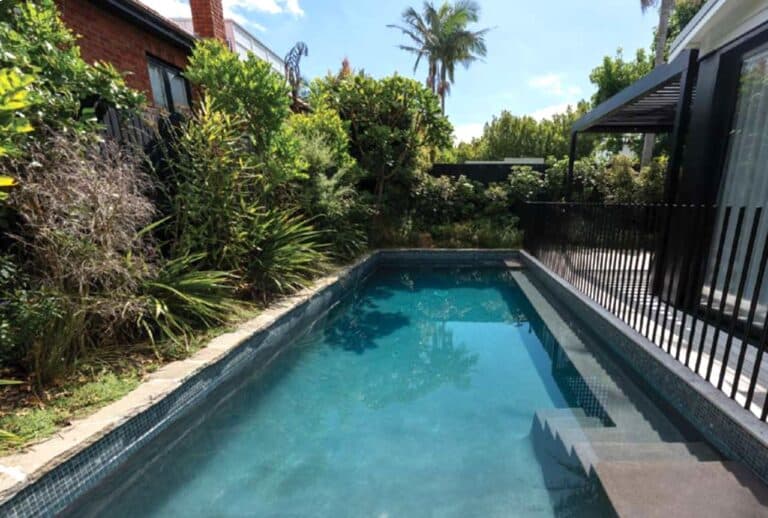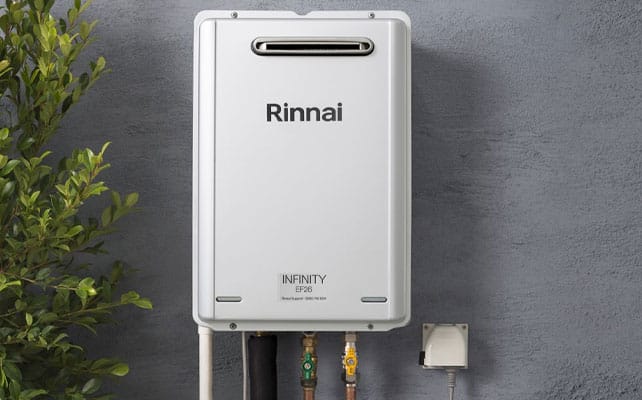Outdoor fireplaces are quickly becoming a popular upgrade for backyards across Waikato. With more homeowners looking to enhance their outdoor spaces for entertaining and year-round comfort, the appeal of a well-placed fire is clear. But choosing the right fireplace isn’t as simple as picking one that looks good. Mistakes at the planning or installation stage can lead to wasted money, poor performance, or even safety issues.
This guide unpacks the most common oversights people make when adding an outdoor fireplace and offers practical advice to help you avoid them. Whether you’re starting fresh or upgrading an existing set-up, understanding these pitfalls will help you get better results. Especially in Hamilton’s variable weather and newer residential layouts, it pays to be informed before you commit.
Key Takeaways
- The size and placement of a fireplace must suit the layout and airflow of your outdoor space
- Hamilton’s wind patterns and weather exposure require smart design choices to ensure comfort and performance
- Council rules and consent requirements can impact your plans and must be understood early
- Fuel type affects heat output, convenience, and maintenance, and should match your lifestyle
- Installers must have local knowledge and proper certification to ensure a safe and effective set-up
Why Outdoor Fireplaces Are a Backyard Favourite in Waikato
Outdoor fireplaces are more than a heat source. In places like Hamilton and the wider Waikato, they’ve become the centrepiece for outdoor living spaces, perfect for socialising, unwinding, and making the most of colder evenings. With cooler winters and growing interest in alfresco entertaining, homeowners are looking to extend the use of their patios and outdoor rooms.
The demand has grown rapidly, especially since more people started investing in home upgrades during the COVID period. Kiwis now expect their backyards to work harder, not just look good. The shift toward lifestyle-driven design means more attention is being paid to how outdoor features like fireplaces tie into dining areas, spa zones, and weatherproof enclosures.
The challenge, however, is balancing aesthetics with performance. Many off-the-shelf models look great in photos but don’t handle Waikato’s colder nights or windy days well. That’s why it’s important to evaluate every choice based on how it fits your property and your plans.
Overlooking Fit and Function in Small or Open Spaces
A lot of buyers choose fireplaces based on looks alone. But design without functional fit is a common trap. Oversized fireplaces can dominate a space, while small units may struggle to heat open-air areas effectively.
If your backyard is exposed or tight on room, you need to think about clearance zones, furniture placement, and safety boundaries. A fireplace needs space to breathe, and so do your guests. Hamilton homes, especially in newer subdivisions, often have narrow outdoor layouts. That means size, airflow, and how people move around the unit matter a lot more than people expect.
The best layouts often include a heat zone diagram, something many experienced installers can sketch out with you. This helps ensure the fire works in harmony with wind patterns, seating areas, and how your space will be used. It’s not just about where the fireplace fits, it’s about how it performs in real conditions.
Failing to Account for Wind and Weather Exposure
Waikato’s weather doesn’t always play nice. Fireplaces that perform well in sheltered spaces can struggle in exposed, windy yards. One of the biggest mistakes is placing a fire without considering wind direction or how it channels through the backyard.
Wind tunnels and open fencing can affect both flame stability and heating reach. That’s why many local installers recommend screens, retaining walls, or angled placement to make the most of prevailing conditions. It’s not just about comfort, it’s also about smoke control and consistent burn quality.
Look at the common conditions in your suburb. Areas like Flagstaff and Rototuna are more exposed than Hillcrest or Hamilton East. Some properties may benefit from built-in wind buffers, others from lowered firepit-style designs that reduce flicker and smoke direction issues.
Missing the Legal and Consent Requirements
Every region has its own rules. In Hamilton, building consents may be required for certain outdoor fireplace set-ups, especially if you’re going with a larger built-in structure, or one close to boundaries or overhead coverings.
Many homeowners get caught out by assuming these rules don’t apply outdoors. The height of flues, firebox clearance, and even smoke drift can trigger council concerns. A good starting point is to contact a local installer or builder familiar with Waikato’s planning regulations. They can help you avoid compliance issues and guide you through what’s required.
It’s also worth knowing that even when a consent isn’t legally required, some insurers may still expect compliance with certain standards. Poor documentation or shortcuts in install practices can create grey areas in the event of a claim.
Choosing the Wrong Fuel for Your Lifestyle
The choice between wood, gas, and bioethanol matters more than people realise. Each fuel type has pros and cons depending on how you plan to use your fireplace, how much maintenance you’re willing to take on, and how easy the fuel is to access locally.
Wood-burning units provide natural heat and ambience but need cleaning and dry wood storage. Gas fireplaces offer convenience but may require plumbing and ongoing supply costs. Bioethanol options are clean-burning but less effective in heating large outdoor spaces. In Hamilton, wood remains a popular choice, but check local air quality rules and sourcing options.
It also helps to consider how often you’ll use it. Weekly winter use may justify gas or a higher-end wood unit. If it’s occasional entertaining, a small wood fire or ethanol model may be enough. Just make sure you’re factoring in storage, running cost, and ease of lighting.
If you’re leaning toward a wood-burning set-up, it’s worth knowing how to care for it properly. Check out our guide on maintaining your woodburner for long-lasting performance.
Trusting Unqualified or Out-of-Town Installers
There’s no shortage of fireplace products online, but install quality is where many projects fall apart. A great-looking fire can still perform poorly if the install is rushed, non-compliant, or done by someone unfamiliar with Hamilton’s conditions.
Look for local professionals with proven work across the Waikato. Ask about their experience with different site types, weatherproofing, and consent processes. The right installer won’t just deliver a safe set-up, they’ll help you get better heat, lower costs, and fewer headaches.
Checking references and viewing recent projects in similar Hamilton suburbs is a good safeguard. Some installers offer design consultations as part of the process. Use that time to ask specific questions about flue placement, fuel access, and seasonal performance.
Making a Smarter Fireplace Choice
Outdoor fireplaces aren’t one-size-fits-all. Whether you’re building new or upgrading, take time to assess how your space, lifestyle, and climate will impact the fireplace’s long-term performance.
Before you commit, ask yourself:
- Will this fit the space and flow of my backyard?
- Is it sheltered enough for good heat and minimal smoke?
- Do I need building consent or council sign-off?
- Can I access the fuel easily year-round?
- Who’s installing it, and are they certified?
Smart choices upfront prevent costly fixes later. The right design should suit your home, your habits, and your environment. Take advice from locals, look for proven builds, and remember: you’re not buying a fire, you’re investing in how your outdoor area feels and functions.
Where to Learn More
If you’re unsure where to begin, talk to a licensed heating installer or builder in your area. They can advise on local regulations, the right products for your property, and what’s realistically achievable in your space. You can also visit the NZHHA service directory to find certified professionals across New Zealand.
Taking the time to plan properly and work with people who understand Hamilton’s building landscape will always result in a better outdoor fire experience.




